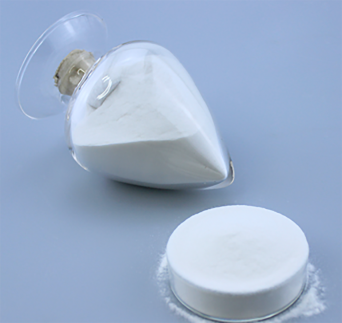
Nov . 08, 2024 19:06 Back to list
hydroxypropyl methyl cellulose uses
Hydroxypropyl Methyl Cellulose Diverse Applications and Benefits
Hydroxypropyl Methyl Cellulose (HPMC) is a versatile and widely used polymer derived from cellulose, a natural organic compound found in the cell walls of plants. Characterized by its non-ionic and highly soluble nature, HPMC boasts a range of unique properties that make it an attractive ingredient in various industries, including food, pharmaceuticals, construction, and personal care. This article explores the diverse uses of hydroxypropyl methyl cellulose and the benefits it provides across different applications.
1. Food Industry
In the food industry, HPMC is recognized for its thickening, gelling, and stabilizing abilities. As a food additive, it is commonly employed in products such as sauces, gravies, and ice creams to enhance texture and improve mouthfeel. HPMC acts as a fat replacer in low-fat and reduced-calorie products, contributing to a creamy texture without the added calories. Additionally, it helps to maintain the stability of emulsions, preventing separation of ingredients in salad dressings and other emulsified products.
HPMC is also of great importance in gluten-free baking. As gluten contributes to the elasticity and structure of baked goods, HPMC serves as a substitute, providing the required texture and moisture retention. This allows gluten-sensitive consumers to enjoy a variety of baked products without compromising on quality.
2. Pharmaceutical Applications
In the pharmaceutical realm, HPMC plays a critical role as a binder, coating agent, and controlled-release material in tablet formulation. Its film-forming properties make it ideal for the production of sustained-release tablets, which allow for controlled and gradual release of active ingredients over time. This results in improved therapeutic efficacy and patient compliance, reducing the need for frequent dosing.
Moreover, HPMC is widely used in the production of ocular drug delivery systems, such as eye drops and gels. Its viscosity-enhancing characteristics help retain moisture on the surface of the eye, providing prolonged relief from dryness and irritation.
hydroxypropyl methyl cellulose uses

3. Construction Industry
The construction industry benefits significantly from HPMC's properties as a thickener and water-retention agent in cement and gypsum-based products. It is commonly added to tile adhesives, plaster mixes, and joint compounds to improve workability and prevent drying too quickly, allowing for extended application times. HPMC's water retention capabilities ensure that the mixtures remain workable, allowing tradespeople to achieve optimal results during application and finishing.
Additionally, HPMC contributes to the durability and adhesion of construction materials, enhancing the overall quality of the finished structures. Its use in the construction sector underscores the importance of HPMC as an essential ingredient for modern building practices.
4. Personal Care Products
The personal care industry employs HPMC for its thickening and film-forming properties, making it a common ingredient in cosmetics and toiletries. It is utilized in formulations for shampoos, conditioners, lotions, and creams to enhance texture and stability. HPMC enhances the performance of these products by providing a smooth application and improving the overall sensory experience for consumers.
Furthermore, HPMC is also incorporated into various makeup products, such as foundations and mascaras, where it acts as a binder and contributes to product consistency and performance. Its non-toxicity and biocompatibility make it a favorable option for individuals looking for safe and effective personal care solutions.
Conclusion
In summary, hydroxypropyl methyl cellulose is a multifunctional polymer with a wide array of uses across various industries. Its unique properties, including thickening, binding, and film-forming capabilities, make it an indispensable component in food products, pharmaceuticals, construction materials, and personal care items. As industries continue to innovate and evolve, the importance of HPMC will likely grow, driving further research and development to unlock its full potential in creating high-quality products that meet consumer needs.
-
Versatile Hpmc Uses in Different Industries
NewsJun.19,2025
-
Redispersible Powder's Role in Enhancing Durability of Construction Products
NewsJun.19,2025
-
Hydroxyethyl Cellulose Applications Driving Green Industrial Processes
NewsJun.19,2025
-
Exploring Different Redispersible Polymer Powder
NewsJun.19,2025
-
Choosing the Right Mortar Bonding Agent
NewsJun.19,2025
-
Applications and Significance of China Hpmc in Modern Industries
NewsJun.19,2025







